OUR
PROCESS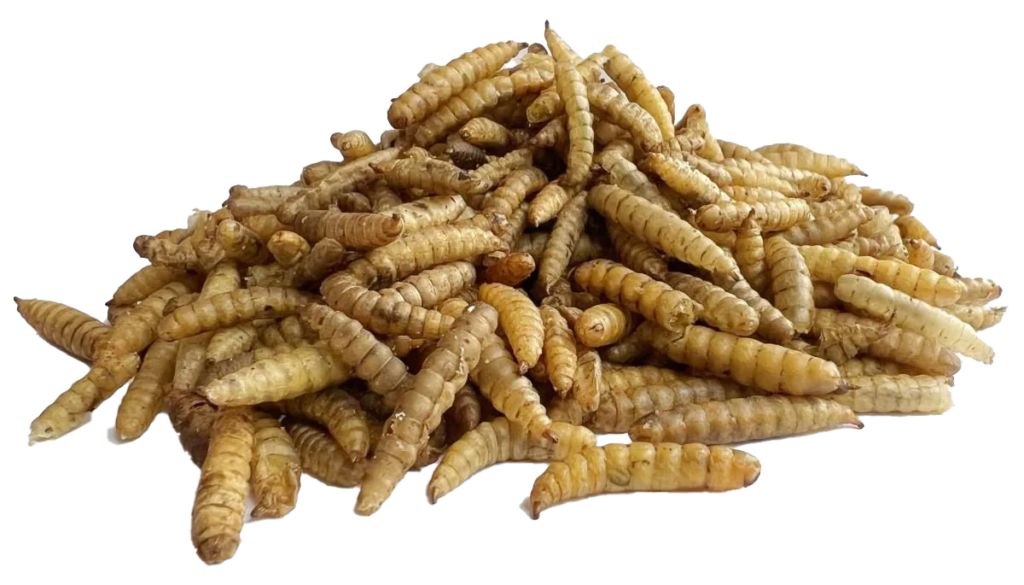
PROCESS

SUSTAINABILITY

 Using a natural resource, we provide high-quality alternative protein while combating some of the most pressing environmental issues we face today.
Using a natural resource, we provide high-quality alternative protein while combating some of the most pressing environmental issues we face today.
Environmental Issues:
By 2050, the global population will rise to around 9 billion. This means that demand for protein will dramatically rise as well. Here is the problem: most animals that people consume for protein, specifically chickens, cattle, pigs and fish are extremely resource-intensive and heavily rely on unsustainable feed. Chickens, cattle and pigs feed on grains that require vast amounts of land and water, both of which are scarce resources. Fish are fed fishmeal, which is feed made out of marine captured fish and is one of the main ingredients in farmed fish feed. Millions of tonnes of fish are caught every year just to produce fishmeal. Not only does this contribute to the collapse of marine life, but it also directly threatens our food security.
Pounds of protein produced per acre of land:
![]()
SOY
3, 097 LBS
![]()
PIG:
927 LBS
![]()
CHICKEN
1,773 LBS
![]()
CATTLE:
91 LBS
![]()
BSFL:
1,000,000 – 2,000,000 lbs
 Landfills are reported as the third largest source of human related methane emissions in the United States. Methane is a chemical that can be 35 times more harmful to the atmosphere than other greenhouse gases such as carbon dioxide. When these chemicals are emitted into the atmosphere, they directly contribute to global warming. Food alone makes up around 20% of the total municipal waste in landfills. More than 35 million tons of food waste ends up in landfills in the United States every year. This directly contributes to global warming, a serious environmental issue causing air pollution, impacting wildlife extinction and threatening global health.
Landfills are reported as the third largest source of human related methane emissions in the United States. Methane is a chemical that can be 35 times more harmful to the atmosphere than other greenhouse gases such as carbon dioxide. When these chemicals are emitted into the atmosphere, they directly contribute to global warming. Food alone makes up around 20% of the total municipal waste in landfills. More than 35 million tons of food waste ends up in landfills in the United States every year. This directly contributes to global warming, a serious environmental issue causing air pollution, impacting wildlife extinction and threatening global health.
Food waste is eliminated and reduced from landfills 
We produce a protein that can substitute fishmeal in fish feed and other proteins in animal feed and create other valuable byproducts with a small carbon footprint (using minimal resources/using much less land and water)
 We take in pre-consumer food from local grocery stores, breweries and food processors. This food is de-packaged and processed into a feed substrate. We take specific measures to control the quality of the feed that is brought to our facility in order to ensure consistency and quality in our final products.
We take in pre-consumer food from local grocery stores, breweries and food processors. This food is de-packaged and processed into a feed substrate. We take specific measures to control the quality of the feed that is brought to our facility in order to ensure consistency and quality in our final products.
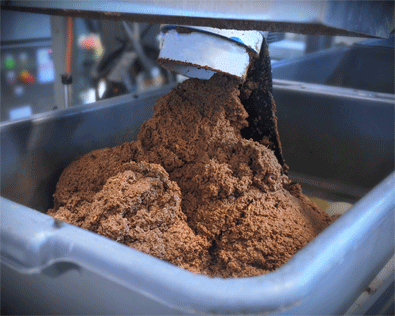
 As our larvae feed on the leftover food, they grow rich in essential nutrients such as calcium, essential amino acids and protein. Once they reach maturity, we harvest and dehydrate them using our proprietary technology. After this step, we have our final product, whole dried Black Soldier Fly larvae, which is ready to be packaged. We are also left with frass, or larvae castings, which is a valuable byproduct that can be sold as a powerful soil amendment (fertilizer supplement) in the agriculture industry. Other byproducts include value added BSFL supplement and larvae meal.
As our larvae feed on the leftover food, they grow rich in essential nutrients such as calcium, essential amino acids and protein. Once they reach maturity, we harvest and dehydrate them using our proprietary technology. After this step, we have our final product, whole dried Black Soldier Fly larvae, which is ready to be packaged. We are also left with frass, or larvae castings, which is a valuable byproduct that can be sold as a powerful soil amendment (fertilizer supplement) in the agriculture industry. Other byproducts include value added BSFL supplement and larvae meal.
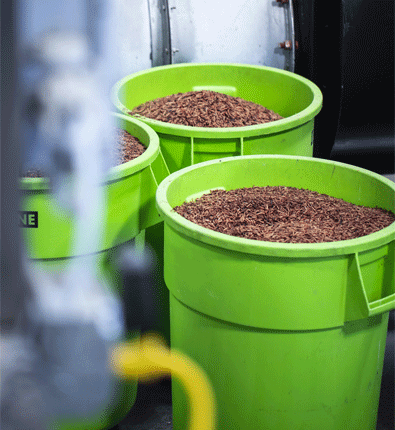
 The Black Soldier Fly starts out as larva and metamorphosizes into a fly at maturity, similar to the life cycle of a butterfly. When harvesting the larvae, we keep a certain percentage for reproduction. These mature larvae are transferred to our fly room where breeding and reproduction take place. After years of exploring different breeding methods, we have developed a patent pending rearing system to maximize quality and productivity. In order to maintain consistency and quality in our final products, we keep our fly room in a controlled environment and make sure that certain variables such as temperature and humidity are kept within the optimal range. We are constantly working towards improving our technology and focus our efforts on maximizing the bioconversion rate from hatch to harvest.
The Black Soldier Fly starts out as larva and metamorphosizes into a fly at maturity, similar to the life cycle of a butterfly. When harvesting the larvae, we keep a certain percentage for reproduction. These mature larvae are transferred to our fly room where breeding and reproduction take place. After years of exploring different breeding methods, we have developed a patent pending rearing system to maximize quality and productivity. In order to maintain consistency and quality in our final products, we keep our fly room in a controlled environment and make sure that certain variables such as temperature and humidity are kept within the optimal range. We are constantly working towards improving our technology and focus our efforts on maximizing the bioconversion rate from hatch to harvest.
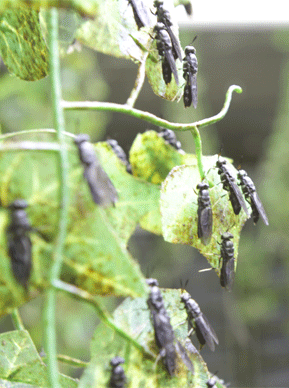



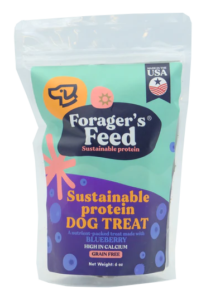
Social Contact